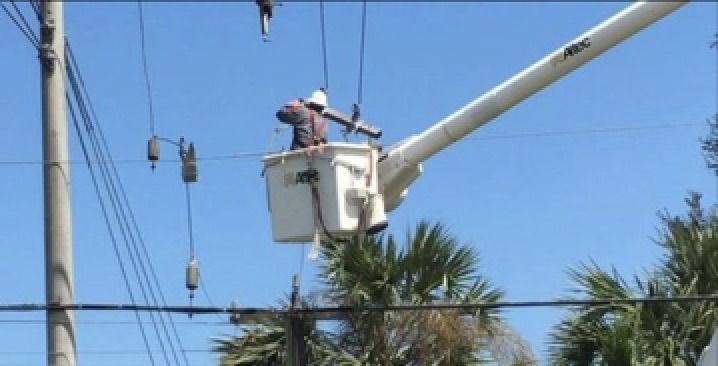Less than a week after the Trump Administration proposed to open almost the entire U.S. coast to oil and gas drilling, Secretary of the Interior Ryan Zinke backtracked and took Florida off the table for offshore oil and gas exploration. Now many are wondering why just Florida was given a pass.
Opposition by coastal states, both East and West, had already been strong, even before Secretary Zinke said on Tuesday that he supports Florida Republican Governor Rick Scott’s position that “Florida is unique and its coasts are heavily reliant on tourism as an economic driver.”
“As a result of discussion with Governor Scott’s and his leadership, I am removing Florida from consideration for any new oil and gas platforms,” Secretary Zinke said in a statement posted on Twitter.
But taking Florida off the table sparked even more backlash from nearly all other coastal states along the Pacific and the Atlantic, with governors and representatives demanding the states they represent be exempt, too.
Analysts see the administration’s move as opening a wider legal crack in the offshore drilling plan, with states and environmentalists waiting in the wings to start suing.
Potential lawsuits could further derail the timeline of the process that would turn this initial draft plan into a proposed final program. Mounting uncertainties over the timeline and legislation could deter oil companies from planning to spend big on exploration, while drilling along the coastal areas could be challenged by states and could increase risks for oil firms’ budget planning and possible legal expenses. Then there is the price of oil in a few years’ time to consider, as well as the fact that companies in the U.S. are increasingly earmarking investments into onshore shale at the expense of conventional offshore.
…click on the above link to read the rest of the article…
























